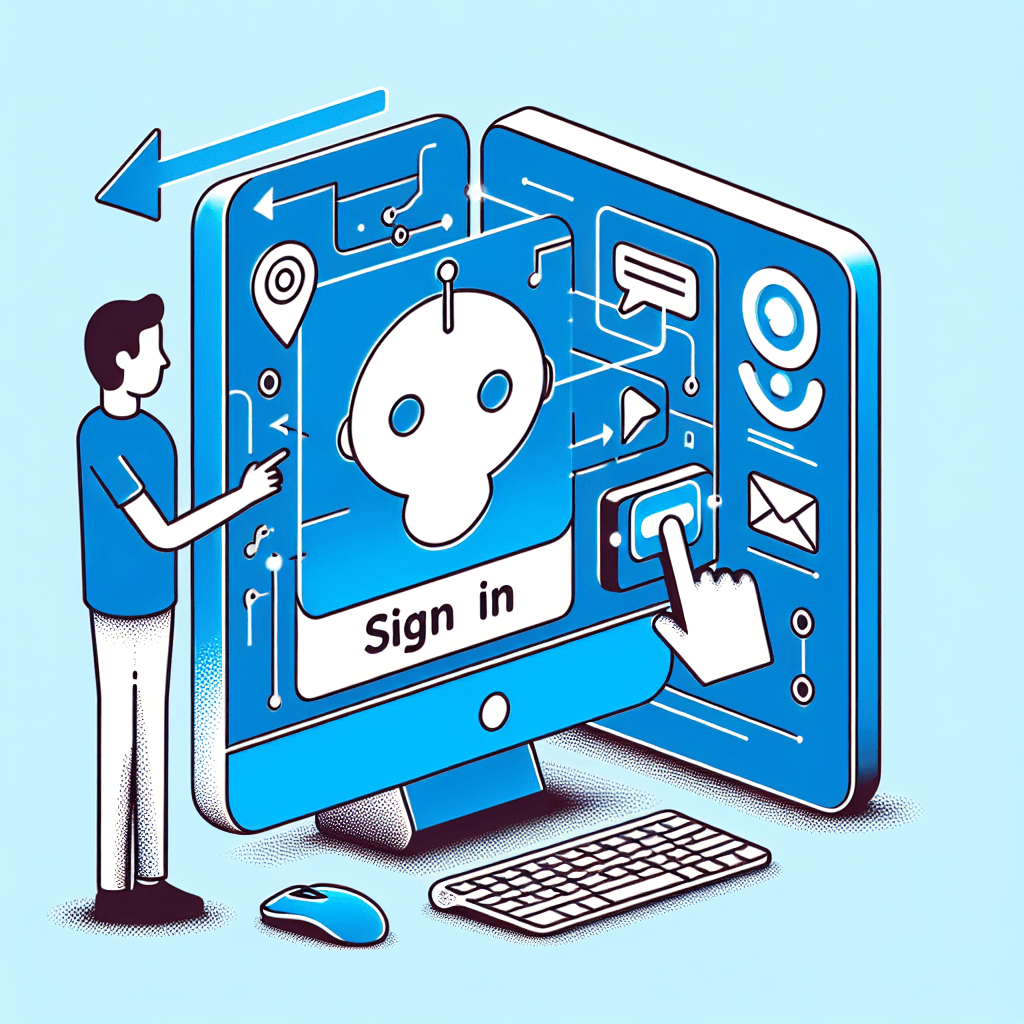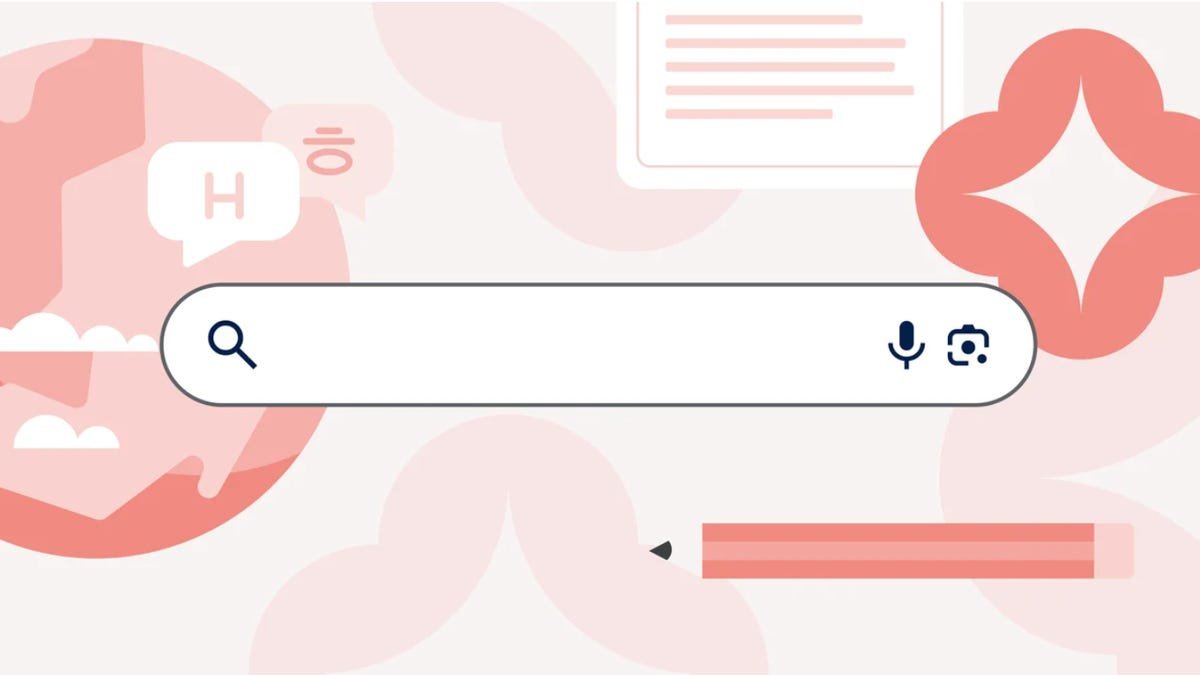The Ultimate Toolbox of Free AI Tools: A Comprehensive Guide
In recent years, artificial intelligence has transformed how we create and interact with content, making it more accessible than ever. From generating stunning images to producing music, engaging in conversations, and even editing videos, AI tools have become invaluable in various domains. In this article, we will explore some of the best free AI tools available, guiding you through their features, usability, and potential applications.
Introduction to AI Tools
Artificial intelligence tools have been designed to simplify complex tasks, enhance creativity, and improve productivity. With a plethora of options available, it can be challenging to determine which tools are genuinely effective and free. In this guide, we’ll dissect various categories of AI tools, ranging from those that offer daily free credits to powerful open-source models that can be run locally on your computer.
What Does "Free" Mean in the AI Context?
Before diving into specific tools, it’s essential to clarify what "free" means in the realm of AI. The term can encompass several interpretations:
Freemium Models: Many tools offer basic features for free while charging for advanced functionalities. This approach allows users to explore the tool before committing financially.
Daily Free Credits: Some platforms provide users with a daily quota of free credits, enabling them to utilize premium features without cost.
- Open-Source Tools: These tools can be downloaded and run on personal computers without charge. However, they often require robust hardware for optimal performance.
Understanding these distinctions will help you navigate the vast landscape of AI tools more effectively.
Categories of Free AI Tools
1. AI Image Generators
Overview
AI image generators have taken the creative world by storm, enabling users to create stunning visuals from simple text prompts. These tools utilize complex algorithms to interpret user input and generate unique images.
Popular Tools
- DALL-E: Developed by OpenAI, DALL-E can produce high-quality images based on descriptive text. While it offers a limited number of free generations daily, users can purchase additional credits.
- DeepAI: This platform allows users to create images based on textual input, with several styles and variations available.
Example Use Case
Imagine you’re an author looking for cover art for your new book. By using an AI image generator, you can create multiple design options tailored to your vision, saving time and money in the process.
FAQ
Q: Can I use AI-generated images for commercial purposes?
A: It depends on the specific tool’s licensing agreement. Always check the terms of use before proceeding.- Q: Do I need artistic skills to use these tools?
A: No, most AI image generators are user-friendly and require only basic input to create visually appealing images.
2. AI Music Composition Tools
Overview
Creating music can be a daunting task, but AI music composition tools have made it easier for anyone to compose unique tracks. These tools analyze patterns in existing music and generate new compositions based on user preferences.
Popular Tools
- Amper Music: This platform allows users to create music by selecting genres, moods, and instruments, offering a free tier for users.
- AIVA: AIVA focuses on generating emotional music, ideal for films and video games. Users can create pieces without prior musical knowledge.
Example Use Case
If you’re producing a YouTube video and need background music, using an AI music tool can help you create a custom track that matches your content’s tone.
FAQ
Q: Is the music generated by these tools copyright-free?
A: Generally, yes, but check the terms of service for each tool to confirm licensing agreements.- Q: Can I edit the music after it’s generated?
A: Most platforms allow for some level of editing, but capabilities vary by tool.
3. Conversational AI Chatbots
Overview
Conversational AI chatbots are designed to simulate human interactions, making them useful for customer service, personal assistance, and even educational purposes. These tools can engage users in meaningful conversations while providing information and assistance.
Popular Tools
- ChatGPT: Also developed by OpenAI, ChatGPT can generate human-like text based on prompts, making it versatile for various applications.
- Dialogflow: A Google service that enables developers to create conversational interfaces for applications.
Example Use Case
A small business can integrate a chatbot on their website to handle customer inquiries, freeing up human resources for more complex tasks.
FAQ
Q: How accurate are these chatbots?
A: The accuracy depends on the training data and algorithms, but many are quite sophisticated and can handle a wide range of queries.- Q: Can I customize the chatbot’s responses?
A: Yes, most platforms allow for customization to better fit the brand’s voice and tone.
4. AI Video Editing Tools
Overview
Video editing can be time-consuming, but AI tools are streamlining the process, making it easier to cut, edit, and enhance videos quickly. These tools often incorporate features like automatic scene detection and smart cropping.
Popular Tools
- Magisto: An AI-driven video editing platform that automates the editing process, allowing users to create compelling videos with minimal effort.
- Lumen5: This tool transforms blog posts and articles into engaging videos, making it useful for content creators.
Example Use Case
If you’re a content creator looking to repurpose a blog post into a video, Lumen5 can help you convert the text into an engaging visual format, saving you significant editing time.
FAQ
Q: Do I need advanced skills to use these tools?
A: No, many AI video editing tools are designed for users of all skill levels, offering user-friendly interfaces.- Q: Can I export videos in different formats?
A: Most platforms offer various export options to meet different needs.
5. Open-Source AI Tools
Overview
Open-source tools provide a unique opportunity for users to download, modify, and run AI models on their own hardware. While this option can be more complex, it offers greater control and customization.
Popular Tools
- TensorFlow: An open-source library developed by Google for machine learning applications, including neural networks.
- PyTorch: A flexible, open-source machine learning library ideal for researchers and developers.
Example Use Case
A developer interested in machine learning can use TensorFlow to create custom algorithms tailored to specific datasets without incurring costs.
FAQ
Q: Do I need a powerful computer for open-source tools?
A: Yes, especially for tasks involving large datasets or complex models.- Q: Is there community support for open-source tools?
A: Yes, many open-source projects have active communities providing resources and support.
Conclusion
As we navigate the rapidly evolving landscape of artificial intelligence, the variety of free tools available can significantly enhance creativity and productivity. From generating images and music to facilitating conversations and editing videos, AI tools are becoming integral to various fields. Understanding the different types of free AI tools and their applications will help you make informed decisions and leverage these technologies effectively.
By exploring the platforms mentioned in this guide, you can build your own toolbox of AI resources tailored to your specific needs. Whether you’re a content creator, a small business owner, or simply curious about AI, there’s a tool out there that can help you achieve your goals—often without spending a dime.







